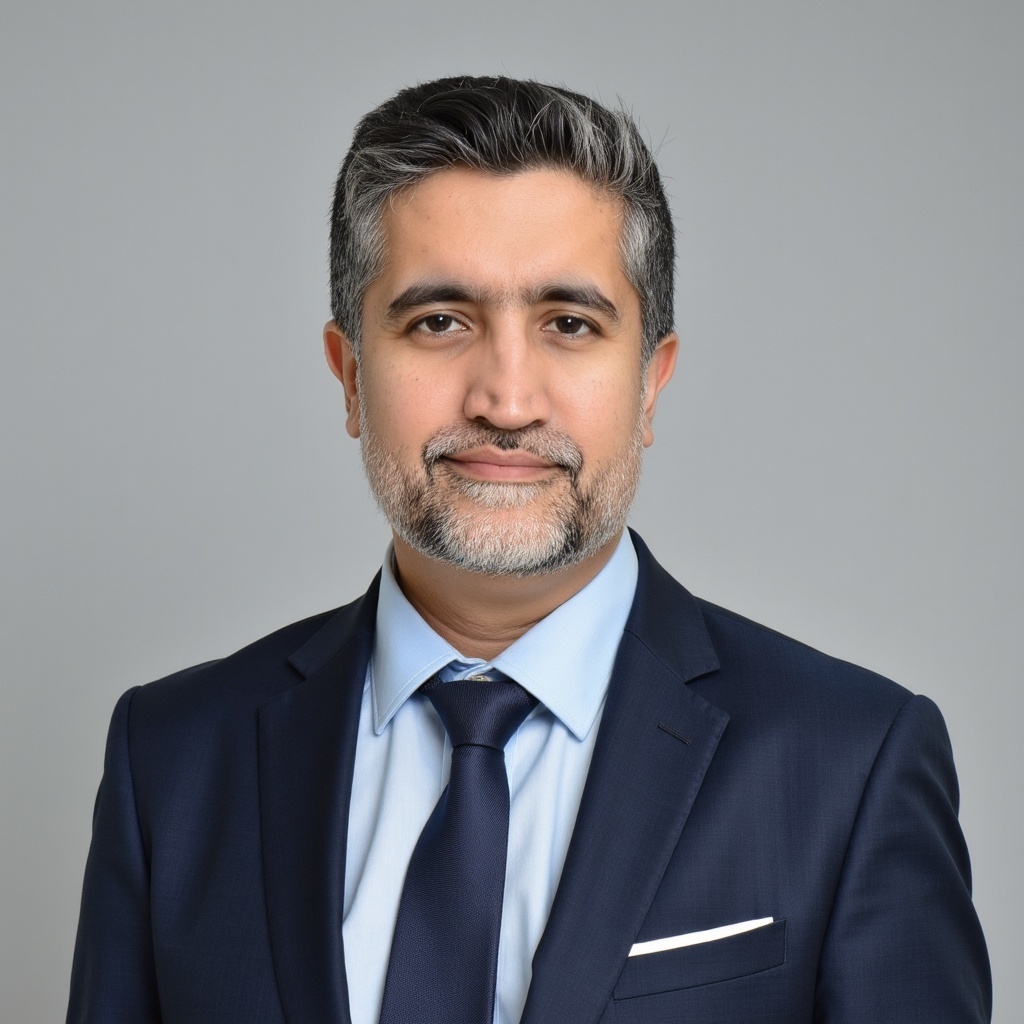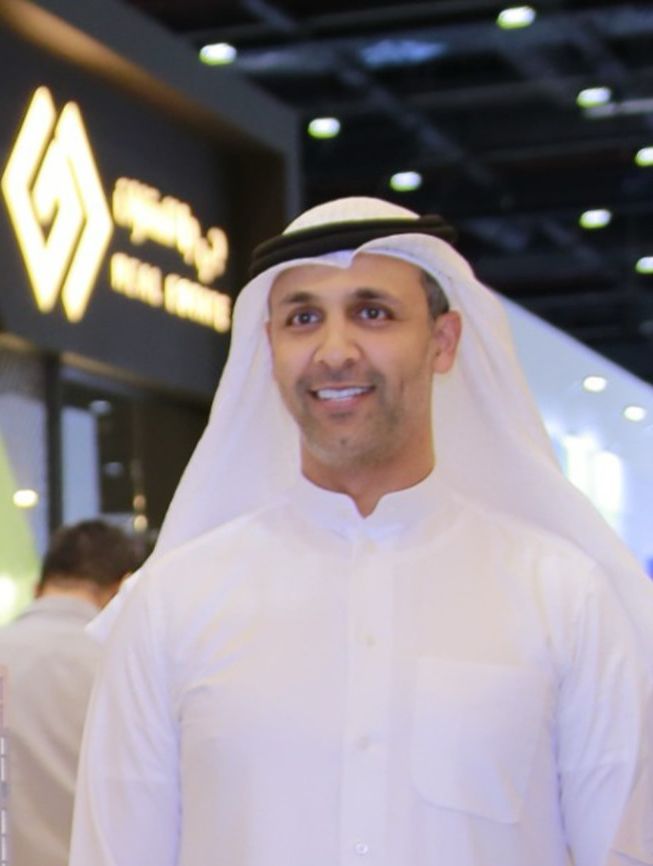The UAE’s real estate market is buzzing with discussions about the outlook for 2025, as developers and experts strategize to stay ahead of the competition. While 2024 saw steady growth, one thing remains clear, the focus for this year touches upon luxury developments, but there will be an increasing emphasis on “affordability” to cater to the growing demand for accessible housing options.
Rohit Bachani, Co-Founder, Merlin Real Estate, highlights Dubai’s long-standing strategy for promoting affordable living, citing historical projects such as International City and Discovery Gardens, launched in 2005, along with more recent developments like Jumeirah Village Circle (JVC) and Jumeirah Village Triangle (JVT) from 2015. These initiatives have helped meet the diverse housing needs of the city’s population.
Bachani also pointed to Wasl’s leasehold developments along Emirates Road and in areas like Deira and Mirdif as noteworthy examples of affordable housing in Dubai.

“Dubai’s continued success is largely attributable to its balanced approach to housing, which includes a focus on both affordable and premium offerings. Moreover, the neighboring emirates of Sharjah and Ajman also contribute to affordable housing options. The Dubai Land Department (DLD) has been very proactive in ensuring that new projects align with affordability, quality, and sustainability objectives,” Rohit remarked.
Looking ahead, Bachani remains optimistic about the future of affordable living in the UAE, alongside the continued growth of luxury real estate.
“While Dubai operates within a free market, the leadership’s commitment to sustainable and accessible development is unwavering. The Dubai South expansion, a partnership involving major developers like Emaar, exemplifies how affordable housing can be integrated alongside luxury developments. Dubai’s leadership, with its focused, strategic vision, continues to prioritize long-term growth, and it is crucial for investors to trust the city’s plans without second-guessing the direction set by its leadership,” he noted.
Ali Jaber, CEO, G J Properties, also emphasized the growing demand for affordable housing in the UAE, particularly driven by the diverse expatriate population. “While the UAE continues to attract wealthy investors and high-net-worth individuals, there is a growing demand for affordable housing due to a diverse expatriate population. The UAE’s Vision 2025 emphasizes sustainable and inclusive growth, and many emirates, including Ajman, have acknowledged the need for affordable residential options,” Jaber noted.

He added, “Ajman’s urban development plan includes initiatives to cater to middle-income earners, offering competitive property prices compared to Dubai and Abu Dhabi. Additionally, government-backed projects aim to create mixed-use communities, incorporating affordable housing with essential amenities like schools, healthcare, and retail. The focus is on striking a balance between luxury developments and cost-effective housing, ensuring sustainable urban growth by 2025.”
Jaber further highlighted Ajman’s urban development plans, which aim to cater to middle-income earners, offering competitive property prices compared to Dubai and Abu Dhabi.
“Additionally, government-backed projects aim to create mixed-use communities, incorporating affordable housing with essential amenities like schools, healthcare, and retail,” he noted. The focus is on striking a balance between luxury developments and cost-effective housing, ensuring sustainable urban growth by 2025.
Not only this, Ali believes that several other areas in the UAE are ripe for property development, based on infrastructure growth, proximity to key urban centers, and affordability, including Sharjah as well. The growing consumer needs in Sharjah come as reports suggest that 55% of family-oriented crowds are settling there.
As the UAE’s real estate market continues to evolve, both luxury and affordable housing will play crucial roles in shaping the future, providing opportunities for a broad spectrum of residents and investors. The focus on sustainability, innovation, and strategic urban planning promises to create a balanced and thriving real estate market in 2025.






